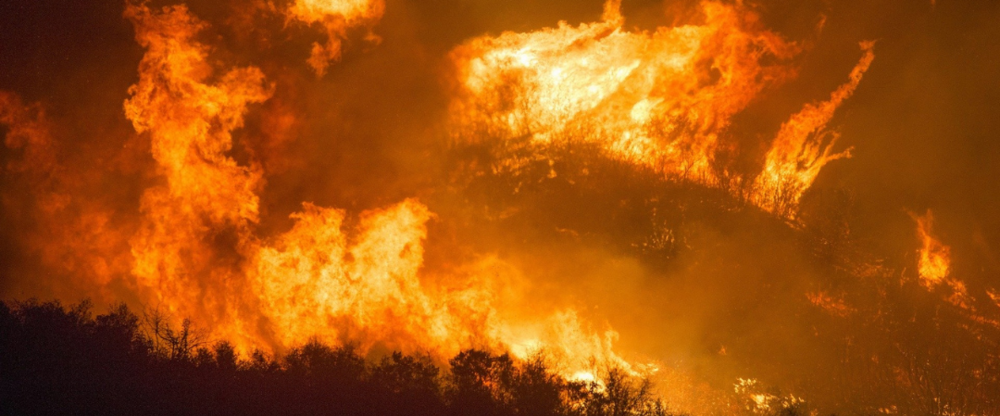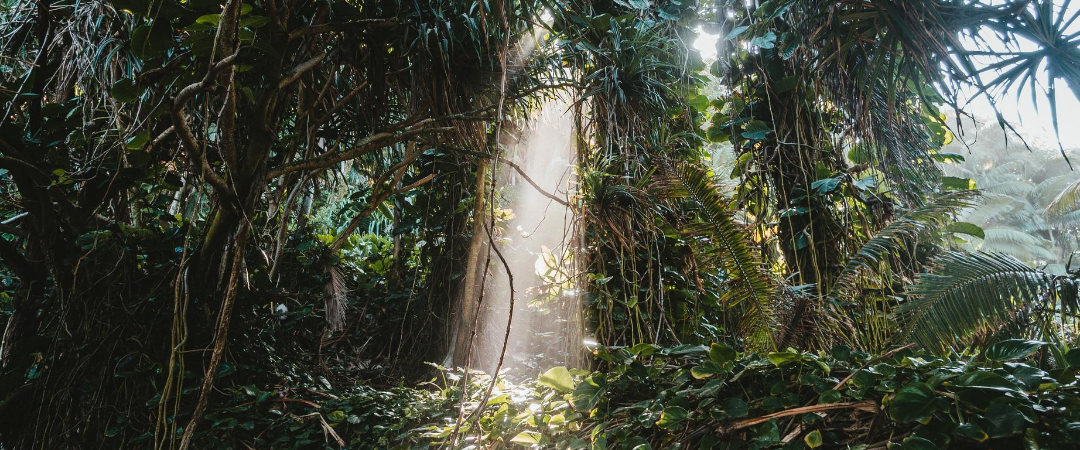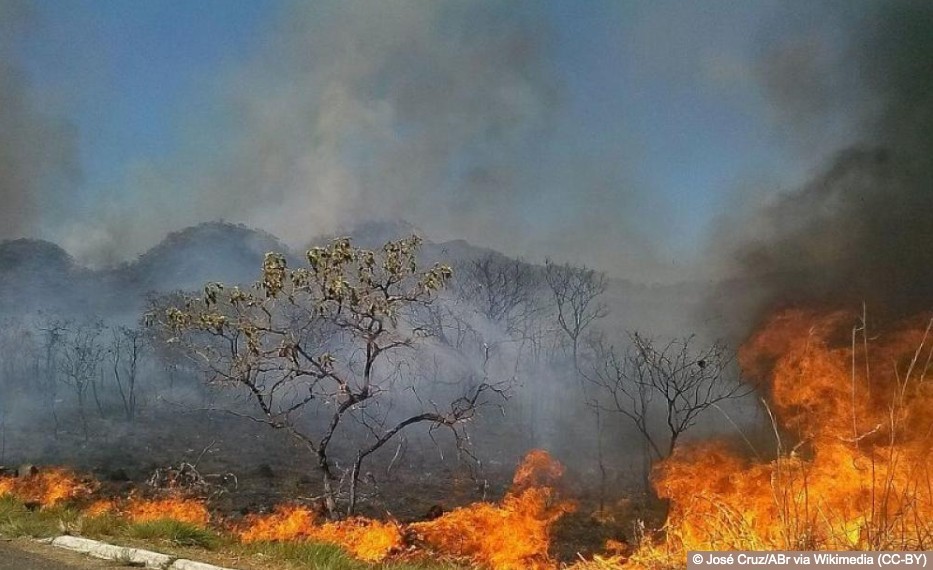
The year the world caught fire
Fires in the Amazon captured global attention in 2019, but 2020 has proven to be an even more destructive year for wildfires across the world. Beginning with the record-breaking bushfires in Australia, which burnt over 18,000,000 hectares, displaced close to 100,000 people, and killed or displaced an estimated 3 billion animals, 2020 is set to be the ‘year the world caught fire’.
While we have been fighting the Covid-19 pandemic, our shared home has gone up in flames, with devastating wildfires on every continent. Wildfires are both caused by and contribute to climate change, locking the world in a devastating cycle which threatens ecosystems and the people who live there.
Environmental destruction
The climate crisis is raising global temperatures and bringing with it dangerous wildfires of increasing intensity and frequency. The Arctic has been warming two to four times faster than the global average, and the small Russian town of Verkhoyansk, one of the coldest inhabited settlements in the world, broke records with a 38ºC temperature measured on June 28, 2020.
A heat wave across the Arctic has contributed to a devastating fire season this year: warmer average temperatures melt the permafrost and dry out peat soils which have stored frozen carbon for hundreds of thousands of years. 2020’s Siberian fires have already released more CO2 in two months than any fire season since records began in 2003: 204 megatons.
Fires are also raging at unprecedented levels in more historically fire-prone ecosystems. At time of writing, over 7,000 fires are burning in California. While the wildlife in this region has evolved resilience to fire, the climate crisis has lengthened the fire season and dramatically increased the number of dangerous and unpredictable wildfires. Over 1.4 million acres have burned in 2020, compared to only 56,000 acres at this time last year. One of this season’s fires has burnt Big Basin National Park, causing enormous damage to an ancient redwood forest which is home to trees over 2000 years old, and threatened the endangered California Condor.
Meanwhile, on the other side of the planet, in Tsavo National Park, Kenya’s largest protected area, has seen recurring blazes in the park since May, with thousands of acres destroyed. These fires not only threaten the habitats of the wildlife which calls this park home, but also jeopardize the livelihoods of the communities which rely on the park for income.
After 2019’s widely documented fire season raised a global outcry, the Amazon, one of the world’s most biodiverse ecosystems, is once again on fire. The INPE, Brazil's government space research agency, detected 2,248 fires in June this year, the highest recorded number in 13 years. This increase can be linked directly to an increase in deforestation activities for beef and soy production: 2020 deforestation was up 34% from 2019 levels.
Unlike some other forest ecosystems, the Amazon rainforest is not resilient to fire: in fact, its unique biodiversity stems from it having been free of major wildfires in hundreds of thousands or millions of years. The 2019 and 2020 fire seasons are now posing an existential threat to Amazonian wildlife, who are killed and displaced, and who will suffer the longer term effects of habitat loss due to the combined disasters of deforestation and fire.
Human devastation
Wildfires do not just represent an ecological disaster, they also have an enormous human cost. Across the planet, unprecedented wildfires are draining resources, damaging precious habitats, and threatening communities. In Russia, government auditors estimate fires in the Arctic have cost 68.9 billion rubles (US$1 billion) in the past three years.
In California, the wildfires of 2020 have already surpassed the damage to the environment, human life, and property than in all of 2019. Nearly 200,000 people have been displaced by the blazes, many of whom have no option except to rely on crowded shelters where the risk of Covid-19 infection remains very high.
In South America, in addition to devastating ecological consequences, the wildfires in the Amazon are exacerbating historical patterns of exploitation and abuse of indigenous rights. 90% of the fires in the Amazon are caused by slash and burn agriculture, and a third of that deforestation is driven by illegal land speculation on public, protected, and indigenous land.
The government of Brazil’s Rio Branco project seeks to exploit one of the Amazon’s most remote and well-preserved ecosystems, and President Bolsonaro’s administration has embraced policies which present a direct, violent risk to indigenous land and livelihoods. Unsurprisingly, while indigenous controlled and protected areas absorbed carbon, areas open to economic exploitation accounted for 70% of carbon emissions in the Amazon.
While the current Brazilian government gets the most attention for its anti-conservationist and anti-indigenous politics, similar tensions are at play across the entire Amazonas region, where government negligence in Venezuela and Colombia especially pose threats to wildlife and communities.
The Amazonian fires do not just cause harm to local communities, but to the entire region and to the rest of the world. Every year that environmental degradation increases in the Amazon brings us closer to the tipping point of a dieback, where the ecosystem will no longer be able to support itself. This will start a chain reaction of biodiversity collapse, changes in weather, loss of freshwater, massive carbon emissions, and agricultural breakdowns at both regional and global scales. The social and economic damages from a dieback in the Amazon would cost between $957 billion and $3.59 trillion over 30 years.
Looking ahead
The devastation caused by wildfires globally are just a glimpse of what the future holds if we do not act quickly and decisively to stop climate change now. To safeguard both the environment and the livelihoods of vulnerable communities worldwide, governments must work together to end our addiction to fossil fuels, eradicate environmentally destructive supply chains, and protect indigenous and community land tenureship to reduce carbon emissions and promote a sustainable and just future for all.
SIGN UP FOR OUR EMAILS AND STAY UP TO DATE WITH EJF

